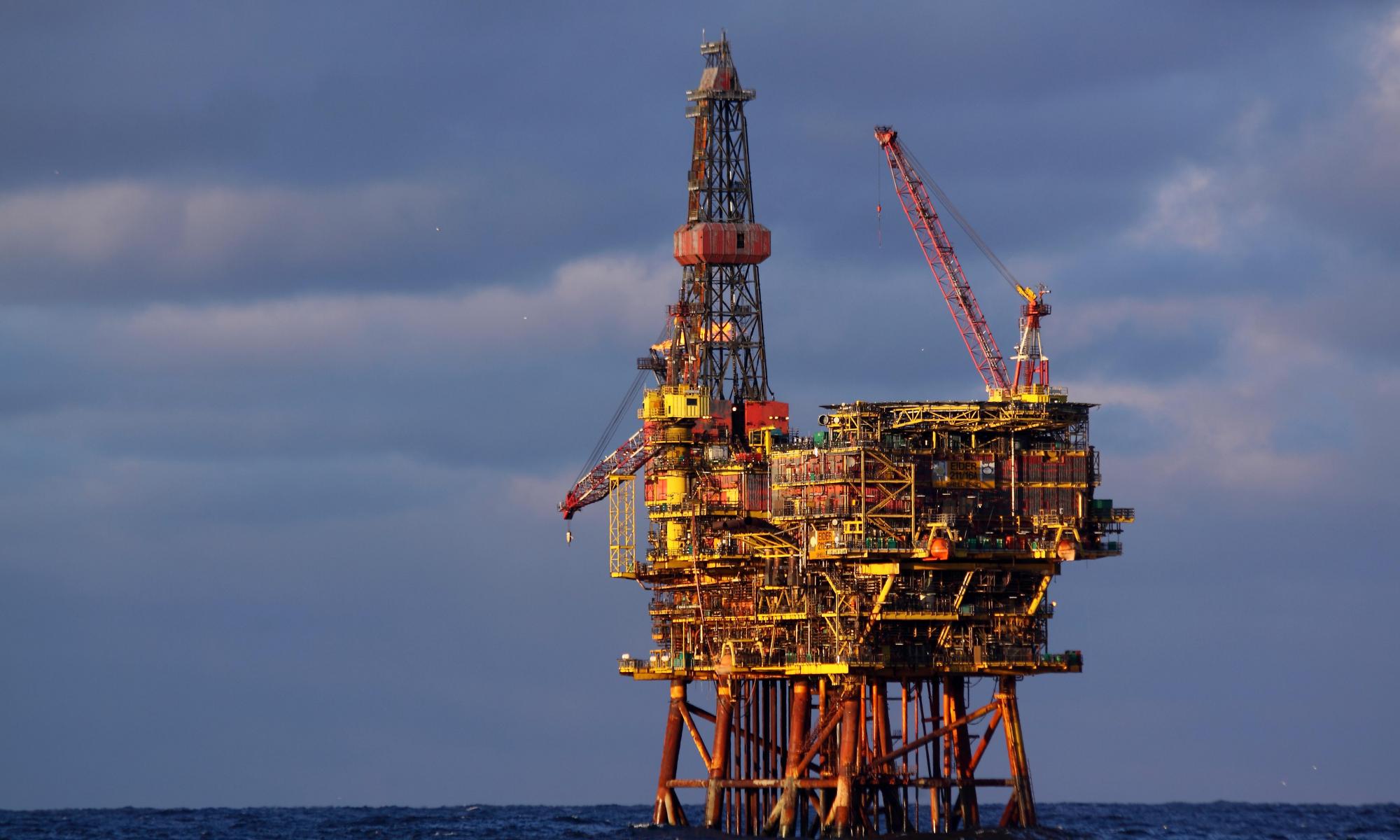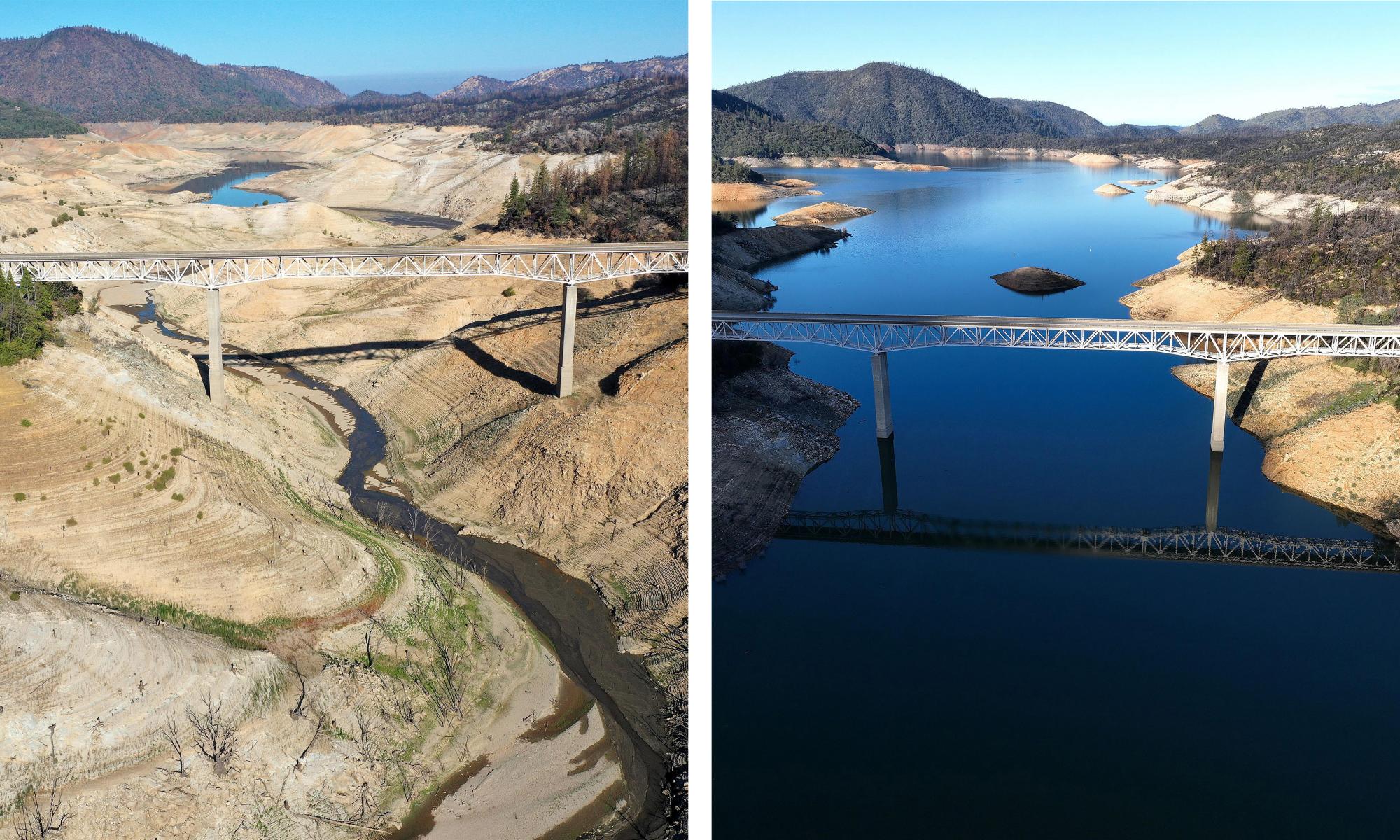PICTURE: 400kV GIS manufactured by ABB, freeing up 70% space for customer by replacing old AIS [1]
Sulphur hexafluoride (SF6) is not a ‘dirty secret’ of the electricity industry. Rather, it plays a critical role in modernising the power transmission infrastructure. Energy companies worldwide are investing heavily to replace old electricity assets by high-tech equipment with better efficiency while minimising the impact on the environment. It is estimated the market for electricity infrastructure utilising SF6-based technology will double from 2017 to 2025.
An article published by BBC, dated 13th Sep 2019, talked about SF6 being used extensively in the electricity industry. This is because the gas is a better electric insulator than air. Contrarily, SF6 is also a greenhouse gas about 22800 times more powerful than Carbon Dioxide (CO2), in terms of trapping the heat on the Earth’s surface. The article therefore tagged the use of SF6 by the industry as a ‘dirty secret’.
In response to the BBC article, few other articles have pointed out that, the amount of CO2 reduction by utilising renewable energy significantly outweighed the global warming effect caused by the SF6 switchgear required and built. Further, the concentration of SF6 in the atmosphere is extremely low, about 41 million times less than CO2.
While working in the power transmission industry for many years, I am also not sure where the allegation made in the BBC article was from, but it was not true.
Technology-wise, not just a single electrical switchgear can be insulated using SF6, but multiple electrical equipment of different types can be SF6 insulated and connected in a substation. This is called Gas-Insulated Substation (GIS).
With the same voltage level and power capacity, typically GIS requires 30-40% less space than a conventional air-insulated substation (AIS). Such merit of significant reduction in footprints should be attributed to SF6, rather than simply judging its environmental impact based solely on its high Global Warming Potential.
All power transmission utilities have the obligation to meet the security of energy supply standards set out in their own countries. Normally this is achieved by investing in new electrical equipment with higher capacity and better efficiency. This will require additional space to accommodate these new assets. Under the circumstances where it is difficult to acquire sufficient land, embracing the SF6-based technology becomes the only viable solution, and it is also a good one to minimise the environmental impact.
SF6 has extremely high Global Warming Potential. However, its effectiveness in electricity insulation should not be overlooked before judging the overall environmental impact of the gas being used by the electricity industry.
References:
[1] https://new.abb.com/news/detail/4917/abb-to-upgrade-landmark-substation-in-helsinki


